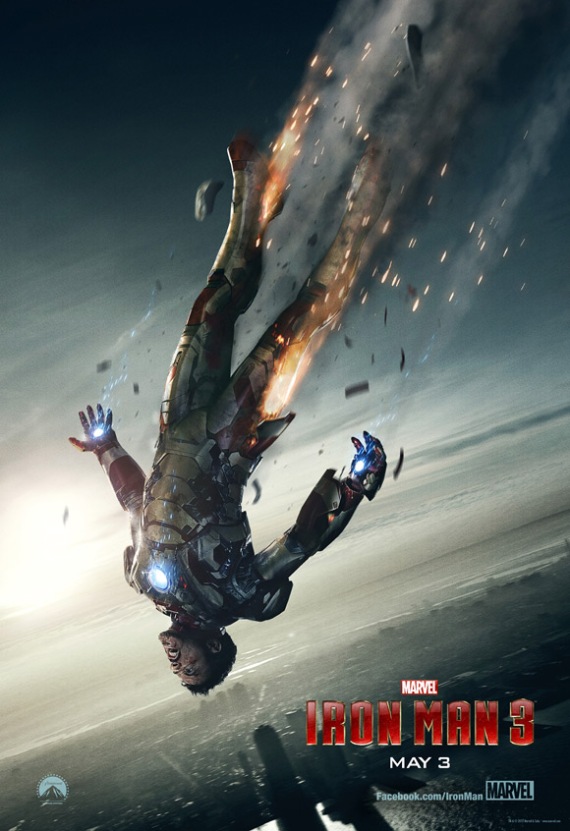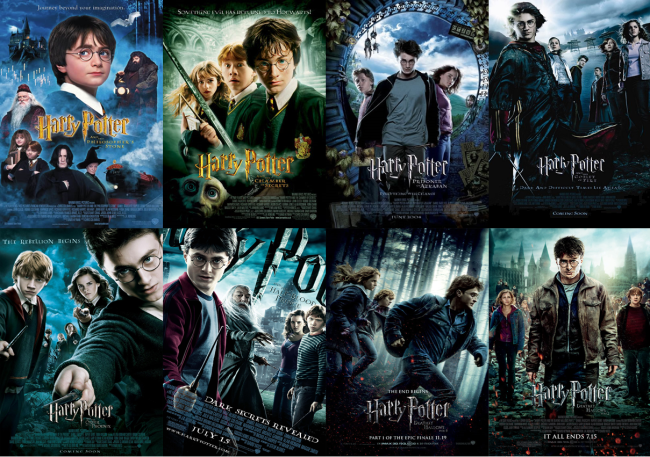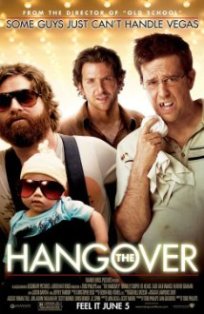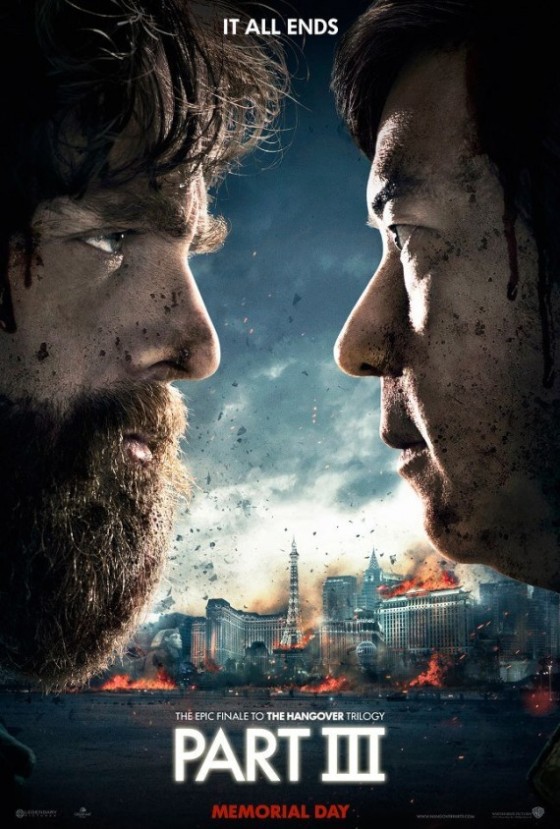In my English 101 class, we are beginning the process of writing an autobiography about experiences that shaped our view on reading or writing (or even both if we choose). To be completely honest, I wasn’t really excited to write this when I first heard about it. Don’t get me wrong, I’m fine with writing, but when it comes to it being about myself, I draw a blank. I think it’s kind of ironic actually. The easiest thing to write about should be yourself. It’s not like you have to research everything or have to have any citations. It all comes from you and what you remember. But again for some reason I find myself unable to write down anything.
So in order to come up with something that I could show my teacher, I decided I might as well start from kindergarten. I can remember back to writing a journal everyday, but I wouldn’t say that it was a turning point for me. At that age I was just trying to learn how spell the alphabet, not how to write a novel. When I think back after kindergarten, my first and second grade years kind of just merge together so I don’t remember much. Then my third grade year came and it was probably the first time I ever wrote a research essay. It was a turning point in my view on writing but not exactly for the best. If I remember right, other people in my class were having a hard time concentrating so it became a last minute task, and nobody likes writing papers last minute so it caused me to dislike it. It wasn’t like i completely hated it, but every time it would come up I wouldn’t be the first to jump up and down.
At this point, I saw that I did have quite a bit to create an outline, and I hadn’t even gotten to the actual part. So I wrote down my seventh grade experience and how it truly made me resent my writing. It wasn’t until high school that I would like writing somewhat again.
My high school years are more rememberable and so that is where I feel like more specific things changed my viewpoint and style of writing. Specifically I wrote about my junior year with my teacher Mr. Ortoloni. He, unlike most of the CA teachers, would make us free write everyday. He was all about writing more than reading, although we did read a lot as well. He also made us write a lot of poetry. Mr. Ortoloni loved it when we expressed in our own voice rather than in what he called the “MLA speaker”. So my outline surrounded my time with him. But Ortoloni was not the only teacher to get that spotlight. My senior year was with Mr. Geist and he probably brought out the length in my papers. My expanded thoughts all came from him. He didn’t seem like he would have taught me as much as he did, but looking back at it, he probably prepared me for college writing the best.
Suddenly I realized that I was done and it really didn’t take as long as I had thought. I feel pretty good about writing this paper now and the outline just exemplified it. Now the next step is to actually go out and do it.




